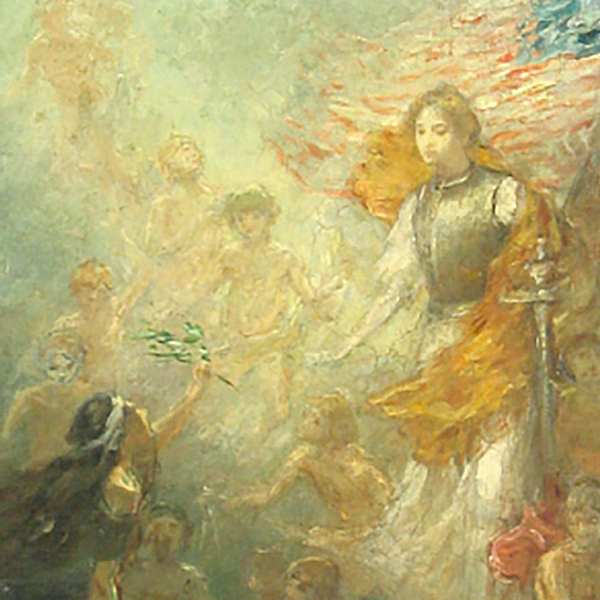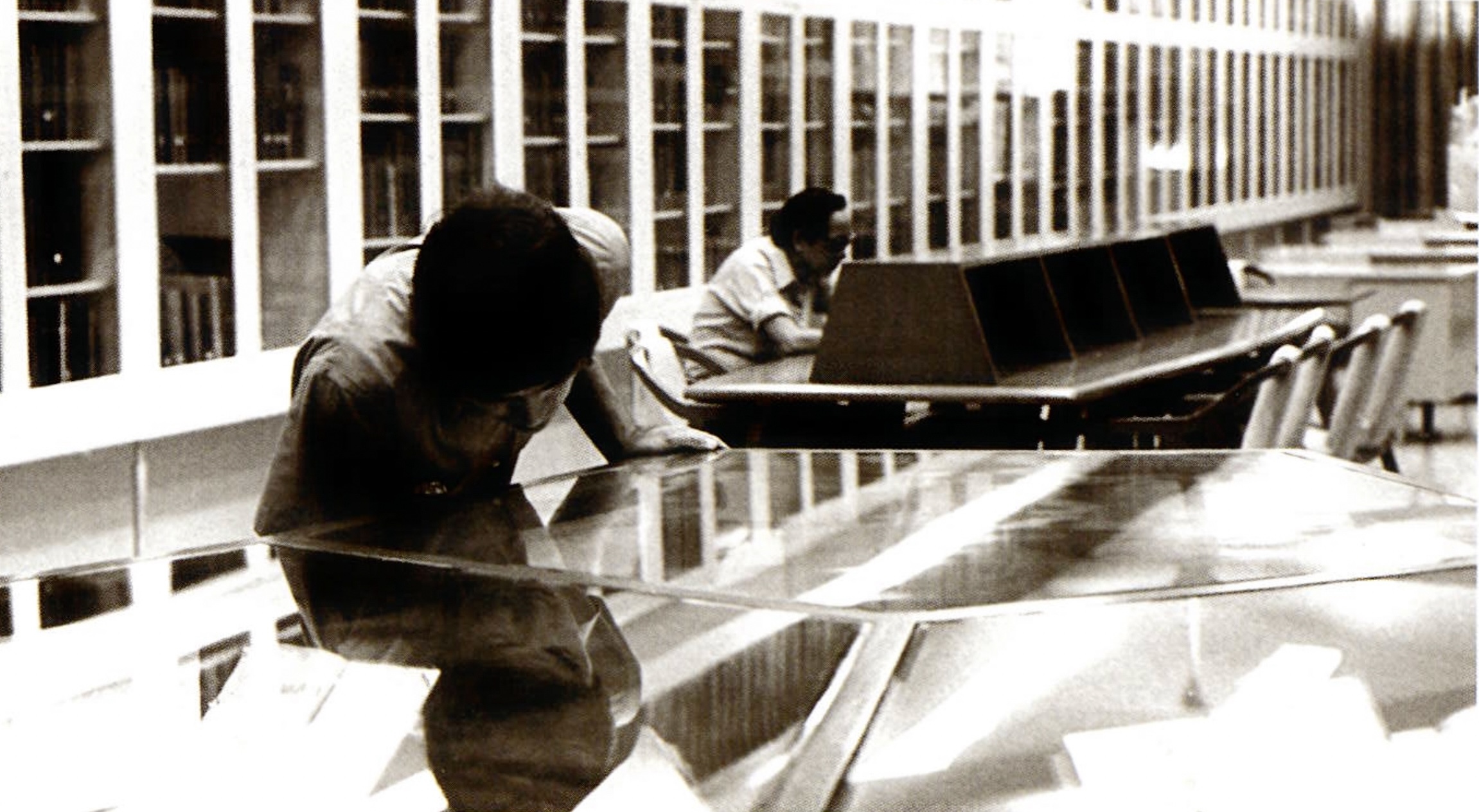Visual Arts

The Lopez Museum and Library is the oldest privately owned and managed museum and library specializing in Philippine material.
Learn More
Rockwell Center, Makati City, The Philippines
Business Hours
7:00 AM to 4:00 PM
Monday to Friday
Closed on Saturdays, Sundays, and Holidays
© 2025 Lopez Museum and Library. Powered by Passion.